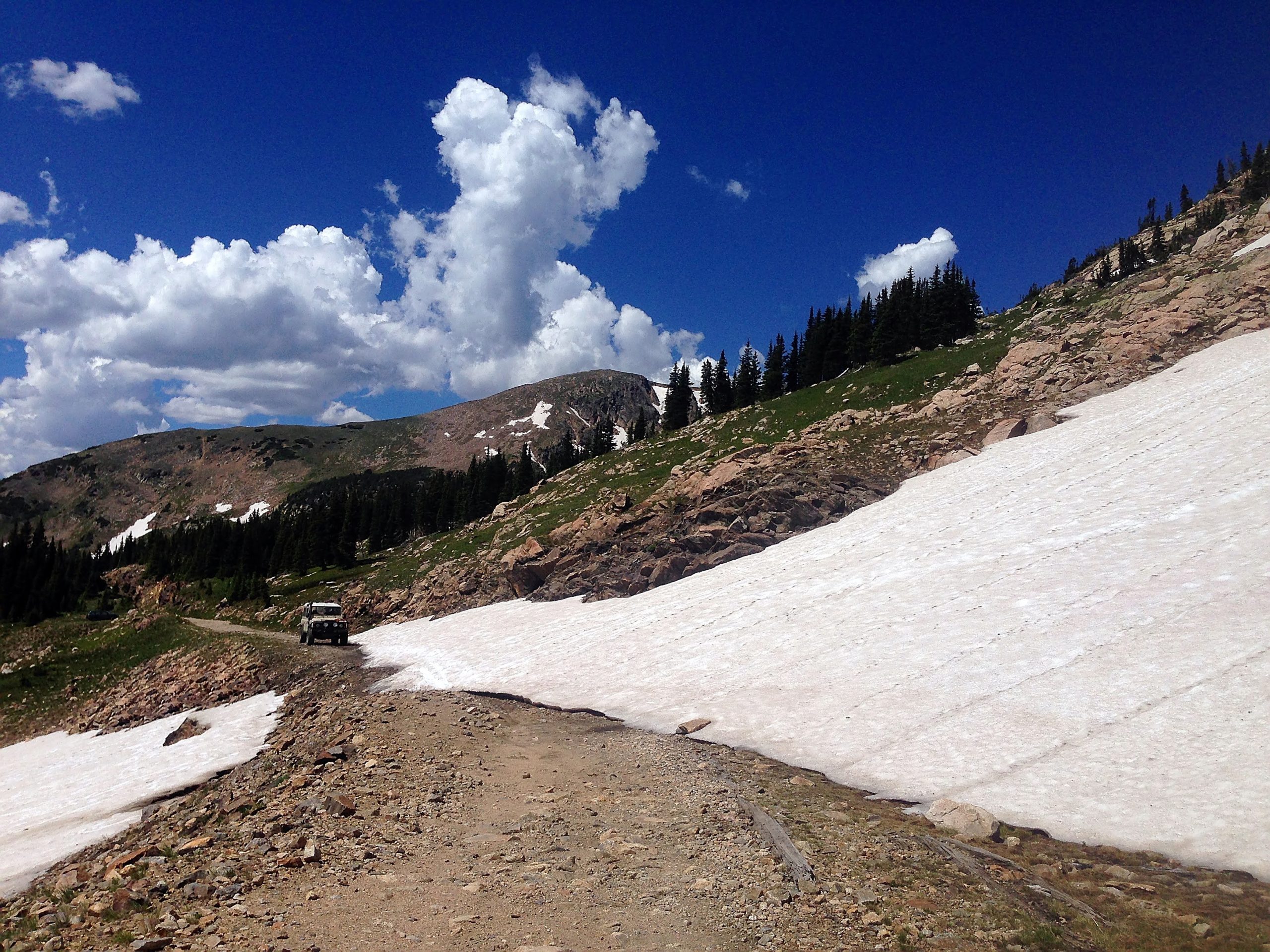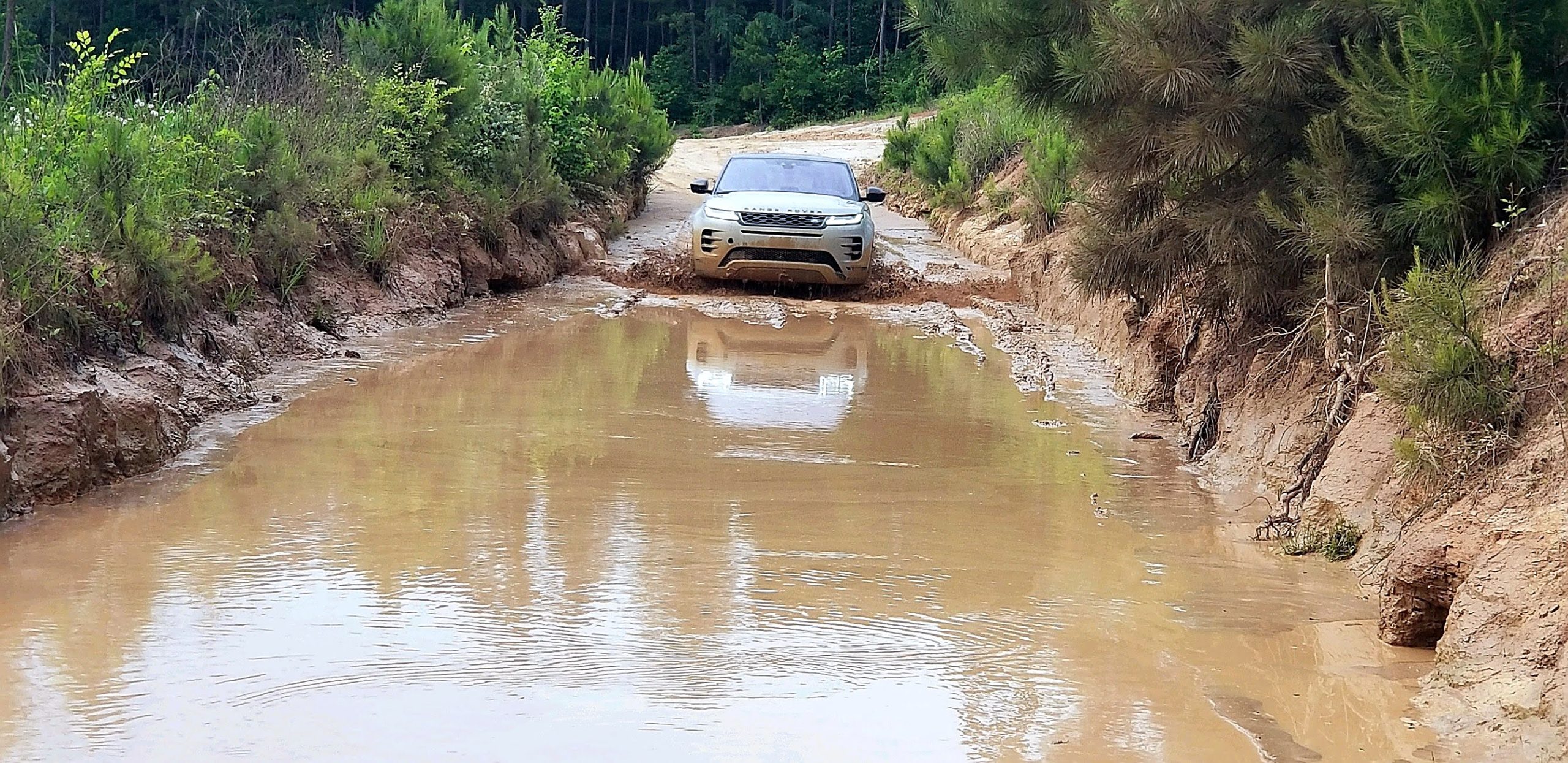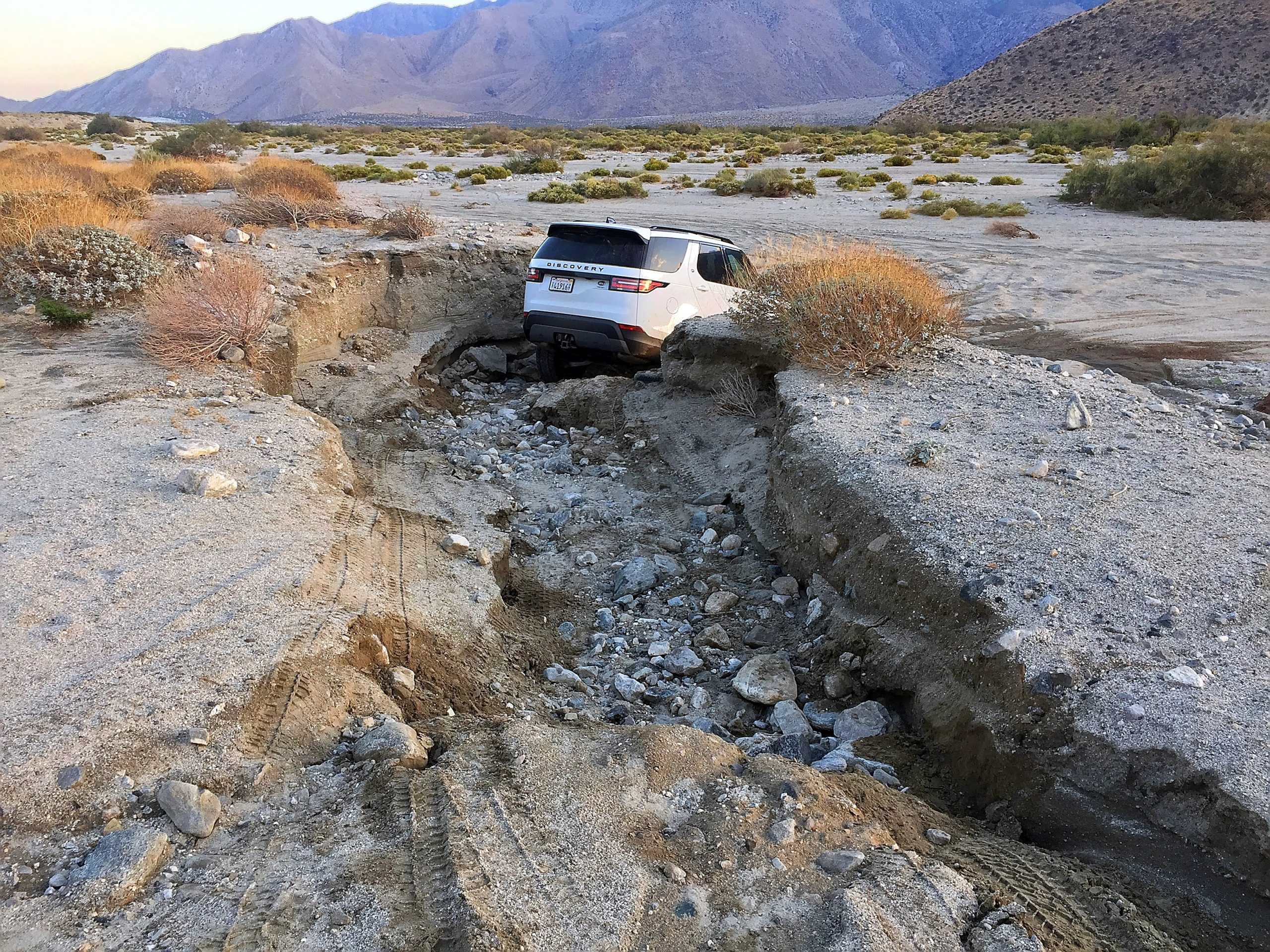Editor’s Note: This article was originally published in Overland Journal’s Winter 2022 Issue.
One of the most misunderstood aspects of overlanding is how it differs from off-roading in general. While the two are related, they are far from the same discipline of the genre. This misconception is often seen in the grocery store parking lot when you see a nicely built Jeep Gladiator on 37-inch tires with a rooftop tent and the softest, most flexible suspension in town. I see it as a confusion of what the owner wants to do versus what the owner actually does with the vehicle. Here are a few ideas to point you in the right direction.
A Vehicle is a Tool
Anyone who has ever tried to replace their brake pads with a multi-tool will attest that while you probably can use one, a nice set of purpose-built tools works better. This concept should carry over to you and your vehicle as well. Build your vehicle with your mission in mind. Is it your daily driver? Are you going on a trip on dirt roads across Australia? Or heading to Moab for long weekends?
The more you can identify how you plan to use your vehicle, the more your needs will become apparent; try to make it as purpose-built as you can. It’s easy to build something that is not very good at anything, but that still takes many expensive parts with lots of work hours. It’s okay to compromise, but make sure the concessions are where you want them to be. Since your vehicle is the form of transportation and the means of travel you’ve decided to embark with, it is your job to protect it. The following guidelines will help you safeguard your most important tool, your vehicle.

Slow and Controlled Driving
Driving slow and controlled is hands down the easiest way to go farther and break down less. It’s amazing what a couple of miles per hour can do to prevent flat tires and other damage. On an expedition I was on a few years back, the convoy of 12 vehicles had 32 flat tires on the first day. That not only created a logistical nightmare to get more tires but also changed the dynamic and schedule of the remaining month of driving. The flats were primarily caused by the excitement of the trip, contributing to everyone going too fast for the conditions. Speed is something we can typically control throughout the day, so it’s up to you to put yourself in a successful position.
Develop a Process
Odds are you have become lazy with driving, and on most days, you just hop in and go on your merry way. While traveling and when remote, it’s your job to know your vehicle and yourself. I keep a log in the glove compartment with observations and work I’ve done; dates and mileage should be noted. Do a walk-around in the morning, check your tires, check your fluids, and use your senses. If something seems different, investigate it. You’ll be surprised at how many issues you’ll find and how small the items become when you notice them before hitting the road; it gives you the time to develop a plan and is much easier than making repairs in the field.
The same goes for you. Everyone has high and low days, especially while on a long expedition. Work on creating self-awareness of how you are feeling. If you’re traveling with a partner, make a plan on how you’ll handle those days. It could be that you aren’t in a good place mentally or physically to drive, and you should be comfortable acknowledging that. This is also why you should make sure your partner is equipped to drive. I’m always surprised when I see people, days from civilization, and I learn that one of the two people can’t drive a stick shift or isn’t at ease driving the vehicle. That’s a risk and one that has no place in remote travel.

Learn Your Limits
In my experience, this is one of the most difficult things to grasp. Your limits are personal, and because of that, it can take a lot of time and effort to develop the framework. Most of the time, the vehicle’s limitations are well beyond the average driver or passenger’s capabilities. This can be the first link in the chain of an accident. When we don’t understand our limits, we expect the vehicle’s limits to compensate. When that happens, we have no expectation or knowledge base to know what should occur next. A good example I see a lot is during on/off-camber or side-tilt driving. The first question everyone asks is, “At what degree will this thing roll over?” That’s an instant indicator that they are way over their head and have no concept of how a vehicle works dynamically. Set personal limits on situations that you feel confident driving in and stick to them. If you don’t see well at night or have never driven in snow, acknowledge that and put restrictions in place.
Find a Driving Trainer
I’m a huge advocate for training. A good instructor will help you expand your limits and ease you into learning your vehicle’s limitations. There are a few characteristics to look for in a trainer. Off-road and overland instructors can differ in approach. Feel free to get lessons from different people and determine their strengths. Ask them questions and find out their background. Sometimes you’ll find they are specialists in recovery, mud driving, military mobility, or expedition skills. You’ll get something different from each, and when combined, you’ll probably find more gaps in your skills than you thought. Training isn’t cheap, and typically, the better they are, the more the cost goes up. Even if you spend a couple of thousand dollars, you will be able to move past your limitations and have a better experience—worth far more than a couple of thousand dollars on vehicle enhancements, as the knowledge learned will stay with you forever. If you are planning on a true expedition, secure training from someone who has completed at least 30 days on a vehicle-based journey. The money will be well spent on advice alone.

Preparation and instruction will provide the foundation needed to enjoy the experiences you’ve been dreaming of—safely. Take your time, have some fun, and it won’t take long before you are reaping the rewards. It’s a necessary part of the process of overlanding and a requirement for success.
Our No Compromise Clause: We carefully screen all contributors to ensure they are independent and impartial. We never have and never will accept advertorial, and we do not allow advertising to influence our product or destination reviews.
Read more: Roof Loading for Overlanding: How Much is Too Much?


